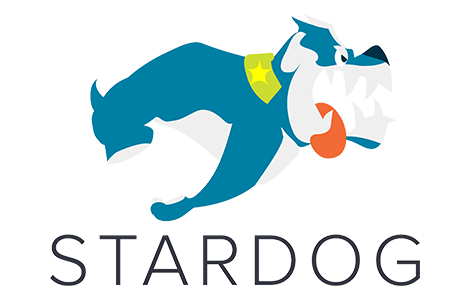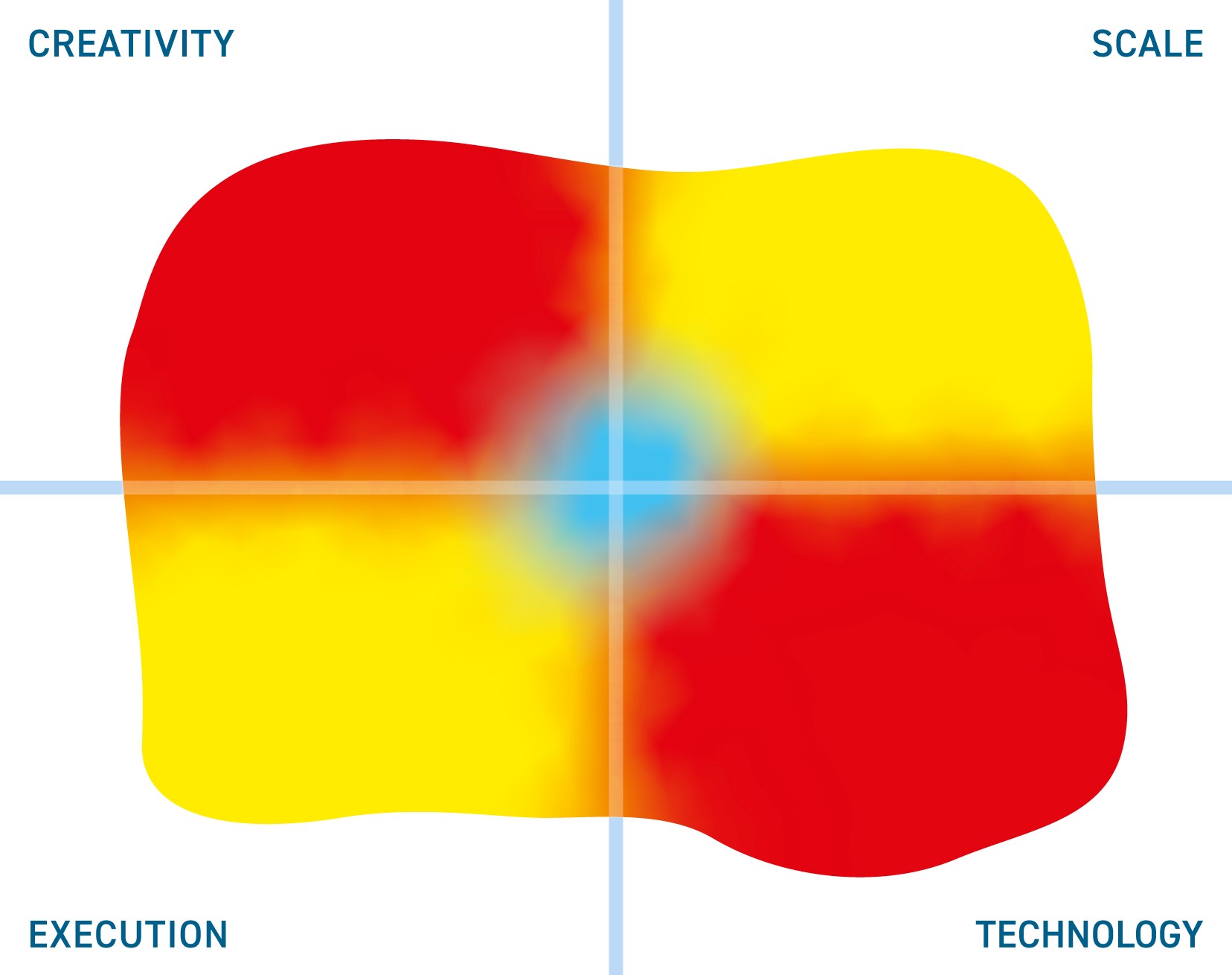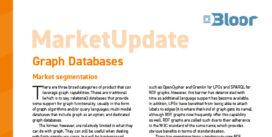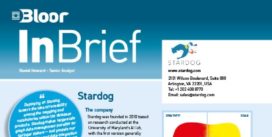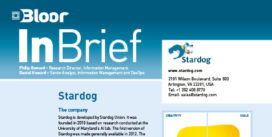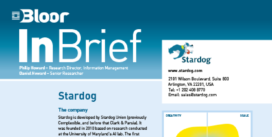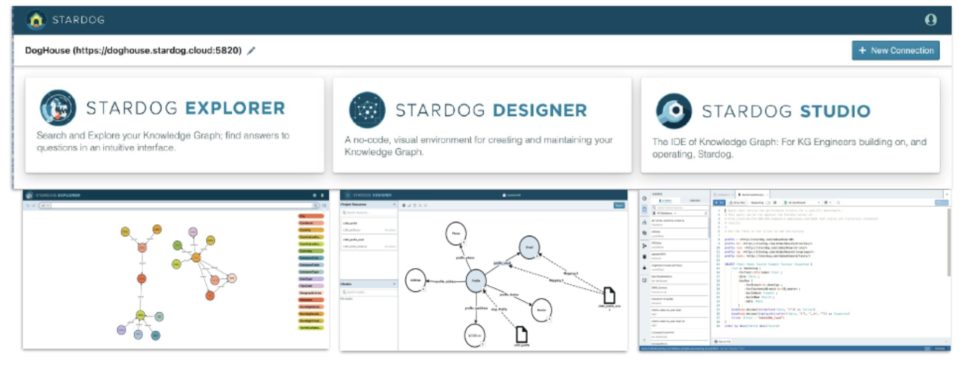
Figure 1 – Stardog user experiences
Stardog features three distinct user experiences, as shown in Figure 1: Stardog Explorer, a query layer designed for visually exploring your knowledge graphs; Stardog Designer, a no-code, visual environment for building and maintaining your knowledge graphs; and Stardog Studio, a code-based IDE (Integrated Development Environment) for writing more complex queries and administering your knowledge graphs. Designer is particularly notable for the degree of automation it provides for building out the semantic models (ontologies) and mappings that underpin your knowledge graphs. Various domain and/or industry-specific templates (called Knowledge Kits) are also provided to facilitate model-building. Likewise, Studio offers features like contextually aware auto-completion that facilitate increased developer productivity, though their effect is somewhat more subtle owing to its code-driven nature.
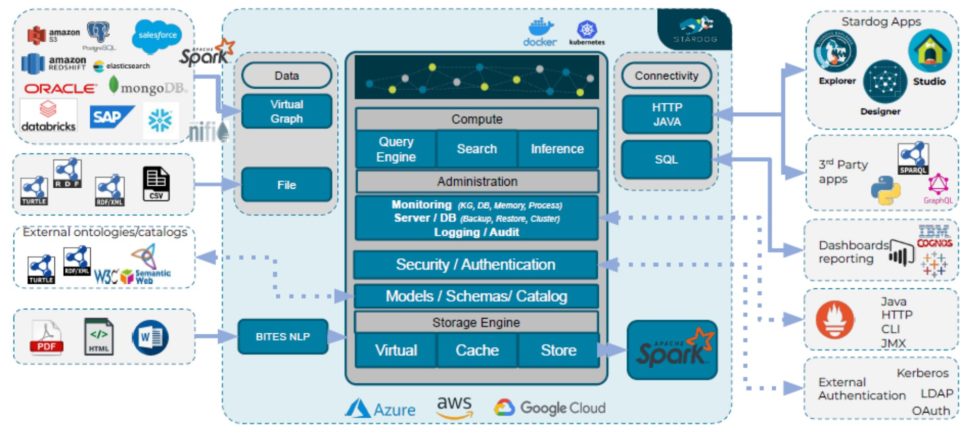
Figure 2 – Stardog architecture
Stardog’s architecture is illustrated in Figure 2. It has several notable features, including BITES NLP (Natural Language Processing), an extensible document storage system that provides configurable storage and processing for unifying unstructured data with Stardog graphs, and virtual graphs, which allow you to declaratively map structured data into Stardog and query it from there, unifying structured data into the platform as well. In addition, the platform provides out-of-the-box (virtual) connectors for a range of popular data sources, and an SDK is available for users to develop their own connections.
There are some recently added features worth highlighting. These include geo-replication for high availability clusters; industry Knowledge Kits, which offer predefined ontologies, data models, and other assets tailored to specific verticals or use cases; enterprise metadata knowledge graphs, knowledge graphs that span multiple data catalogues and data sources via pre-built integrations with Collibra, Unity, Microsoft Purview and more; and an entity resolution service (in beta as of writing), which enables you to identify and link data representing the same entities across different data silos via unsupervised machine learning algorithms. Notably, Stardog is also developing Voicebox, a natural language interaction interface designed to produce either SPARQL code or a visual, semantic model corresponding to your natural language queries.

